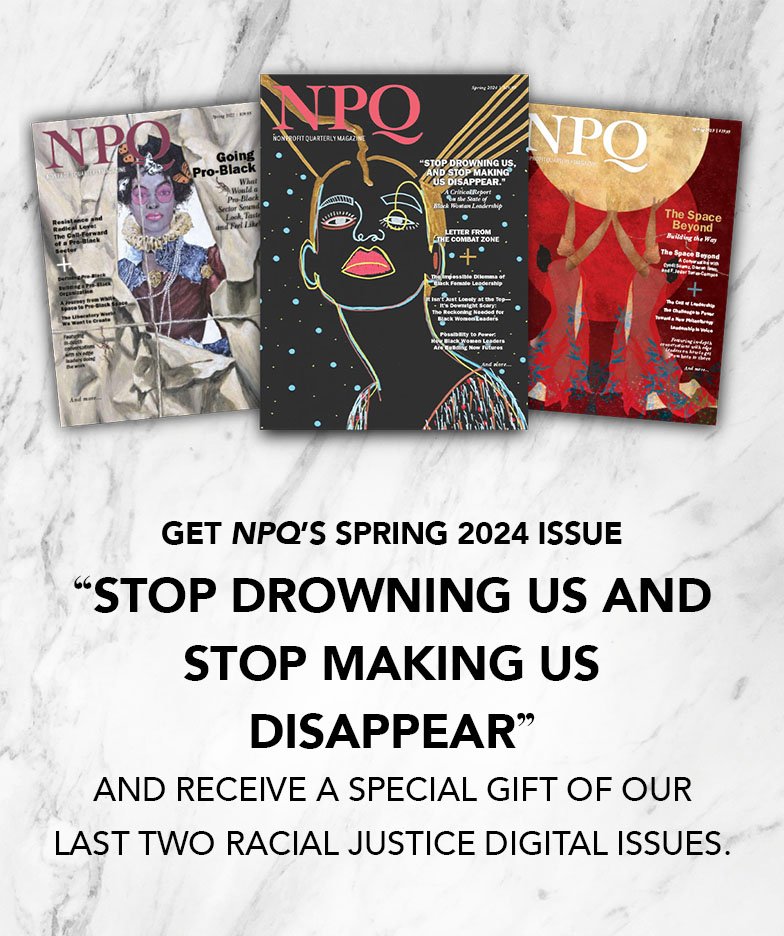
June 11, 2018; Fast Company and Harvard Business Review
Impact investing is thriving. Globally, there are now $228 billion in assets under management, according to a recent survey from the Global Impact Investing Network (GIIN), double the group’s estimate of $114 billion just one year ago. “Placing bets that provide both a financial and social or environmental return is booming,” writes Ben Paynter in Fast Company.
“We are certainly seeing more people than ever before expressing an interest in impact investing,” says GIIN’s CEO and cofounder Amit Bouri. “Individuals are huge drivers of the rise of impact investing because they increasingly want to be a part of the solution to problems surrounding their communities and the environment.”
“According to the report,” Paynter writes, “investors pumped $35.5 billion into over 11,000 deals last year.” This number is expected to grow eight percent more in 2018. Bouri contends that, “We’re seeing more individuals and organizations around the world beginning to recognize that they can harness the power of their investment capital to drive changes in investment decisions to address many of these pressing global challenges.”
In terms of economic return, Paynter observes that, “Overall, an analysis of over 80 repeat respondents shows an annual financial return rate of 13 percent, which is perhaps part of why that same group upped the amount it typically invests by an average of 27 percent this year.”
According to the survey, a full 72 percent, notes Paynter, are targeting climate change initiatives, either via emissions reduction or backing ways for affected communities to adapt. Preferred investments included financial services, energy, microfinance, food and agricultural, infrastructure, and healthcare programs.
Sign up for our free newsletters
Subscribe to NPQ's newsletters to have our top stories delivered directly to your inbox.
By signing up, you agree to our privacy policy and terms of use, and to receive messages from NPQ and our partners.
The rate of growth of impact investing is certainly impressive. But, looking at the same (or similar) numbers, Morgan Simon, managing director of the Candide Group, an impact investing fund, asks in the Harvard Business Review if the field is scaling the right model. “How do we make sure that the blossoming impact investment movement…actually leads to improvements in outcomes for the people and communities it is supposed to benefit?” Simon asks.
Two years ago, writing in NPQ, Simon also raised the following questions:
- How is impact being defined, and by whom?
- How are strategic opportunities being identified and defined, and by whom? How will impact capital be deployed, with what objectives, and toward what ends?
- Under what conditions shall profits be made from impact investment? Who should govern the agreements about use and distribution of the profits?
“Impact investors over the past decade,” Simon contends, have “largely focused on proving that impact investments could achieve a ‘market rate’ or above return profile.” But, she adds, “the elements that make something profitable work counter to those that maximize positive social impact.”
According to Simon, “Impact investing can learn from the history of microfinance—the provision of debt and other financial services to the poor—an industry that was at a similar stage 15 years ago. In that case, the industry achieved financial scale, while impact at scale was largely left behind.”
To scale impact investment in a way that achieves actual impact, not just financial returns, Simon outlines “three principles suggested by the nonprofit Transform Finance: engage communities in the design, governance, and ownership of enterprises; ensure that those running institutions and structuring transactions, add more value than they extract; and balance risk and return between investors, entrepreneurs, and communities so that everyone benefits.”
Simon acknowledges that implementing such conditions will make impact investment grow more slowly, “especially as it will require investment in infrastructure and deeper relationships with beneficiary communities.” But, Simon adds, it is important “to choose our goals wisely.” Otherwise, the field of impact investment, even if it maintains its rapid growth, is likely to end up being more successful at salving the conscience of investors than transforming society.—Steve Dubb













